Culture is the quiet force guiding consumer decisions, even as globalization and technology bring the world closer. Deeply rooted cultural values mold every aspect of decisions, from what people eat to how loyal they are to brands. In this first part of The Culture Code, Sevgi Bayram, Strategy & Insights Lead at One Inch Whale, explores how social psychologist Geert Hofstede’s cultural dimensions provide a powerful lens for decoding markets.
From “I” to “We”: the power of individualism
In individualistic cultures (e.g. the US or Northern Europe), people prioritize self-expression, independence and personal achievement. Marketing thrives on distinctiveness: unique products, bold positioning and campaigns that speak to personal taste.
Collectivistic cultures (e.g. Japan or Latin America) operate differently. Belonging, harmony and social influence matter more. Here, trusted corporate brands resonate stronger and word-of-mouth is crucial.
Implication: Don’t assume that a successful “stand out from the crowd” campaign in New York will land the same way in Tokyo. Sometimes, blending in is the real badge of belonging.
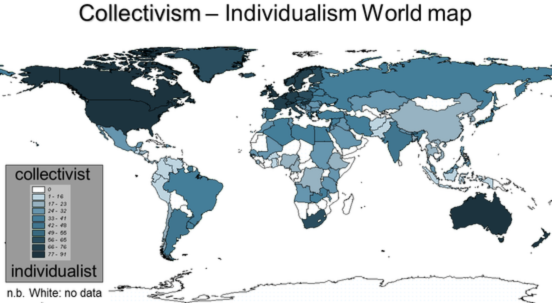
Power distance: approachable vs. aspirational
In low power distance cultures (e.g. North America, Australia) consumers expect brands to act like equals: friendly, approachable, authentic. Think casual tone, personalized service and transparency.
In high power distance cultures (e.g. Eastern Europe), hierarchy matters. People gravitate towards prestigious brands that project authority and status. A luxury label here isn’t just about quality; it’s a social marker.
Implication: The same logo can signal inclusivity in one market and exclusivity in another. Know which role your brand is expected to play.
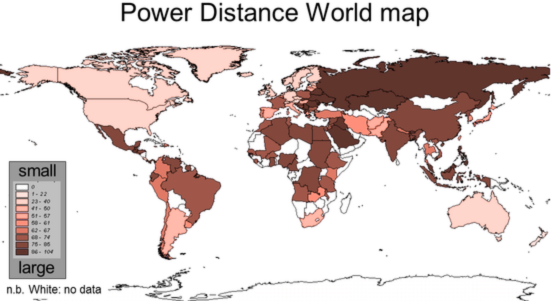
Uncertainty avoidance: open to risk, or risk averse?
Cultures with high uncertainty avoidance (e.g. Russia) value heritage, stability and predictability, and are wary of innovation. People in these societies tend to seek security and reassurance, favoring brands that highlight tradition, reliability, and friendliness over risk or novelty.
Uncertainty-tolerant cultures (e.g. Denmark) feel more comfortable with ambiguity and change. They embrace experimentation, novelty and creative solutions.
Implication: Leverage innovation and limited releases to engage uncertainty-tolerant cultures, emphasize heritage and customer testimonials to build trust in uncertainty-avoidant ones.
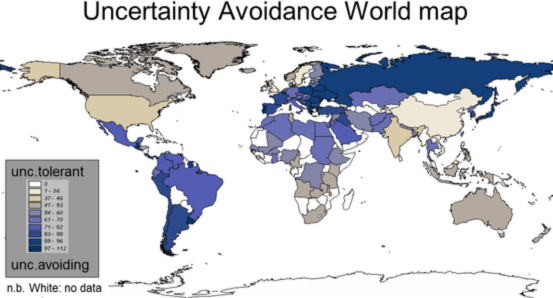
Masculinity vs. femininity: values at play
“Masculine” cultures (e.g. Japan) reward achievement, competition and visible success. Here, shopping is a display of strength, and advertising can emphasize performance and winning.
“Feminine” cultures (e.g. Sweden) value care, modesty and quality of life. Luxury is less about showing off and more about wellbeing or sustainability.
Implication: Campaigns can play up competition in masculine cultures, while those celebrating cooperation, quality of life or social responsibility resonate more in feminine ones.
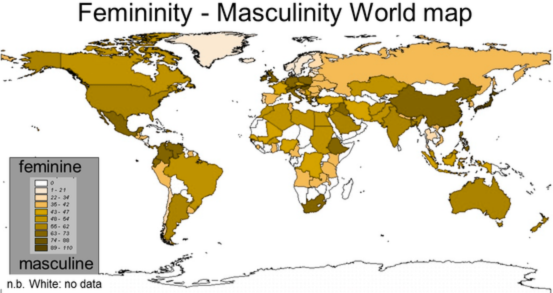
Long-term vs. short-term orientation
In long-term oriented countries (e.g. South Korea), patience and perseverance guide decision-making. Brand loyalty runs deep and investments in enduring quality are valued.
In short-term oriented countries (e.g. Colombia), immediate gratification matter more. Shopping is about the now.
Implication: In long term markets, commitment and patience will bring brands lifetime loyalty, while brands in short-term cultures must deliver quick value and frequent incentives.
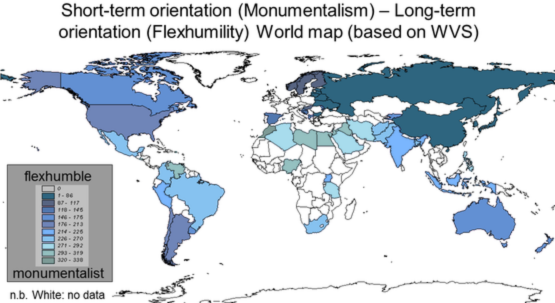
Indulgence vs. restraint: the pursuit of pleasure
Indulgent societies (e.g. Mexico, the US) embrace fun, leisure and enjoyment. Brands win when they tie products to happiness and emotional uplift.
Restrained societies (e.g. India) focus more on discipline, duty and tradition. Marketing that overplays indulgence risks feeling out of touch.
Implication: Brands winning in indulgent regions link products to joy and emotional fulfillment; in restrained societies, they underline respect for tradition, family values and practicality.
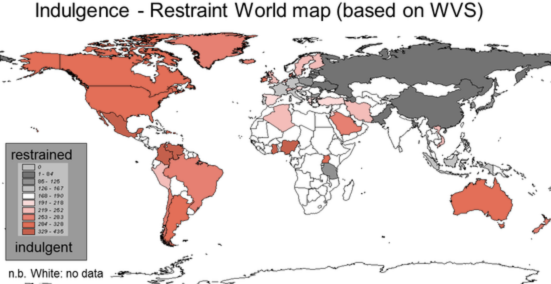
Why this matters now
Markets aren’t just economic, they are deeply cultural. Hofstede’s framework remains a key as it helps brands decode local puzzles. A colour, slogan or tone of voice that works brilliantly in one region may confuse, or even alienate, in another. The best campaigns don’t just meet consumer needs, they act as cultural chameleons, speaking in the authentic voice of each audience.
Hofstede’s framework reminds us:
- Markets aren’t just economic. They’re cultural.
- A great product can fail if framed through the wrong lens.
- The strongest brands adapt their strategy to cultural codes.
These cultural dimensions may feel abstract, but their impact shows up in the smallest details. Even between neighboring countries, the same words or flavours can carry entirely different meanings. That’s what Christel Verwoerd explores in part 2 of this series: the subtle but powerful nuances between Belgium and the Netherlands.
Visuals adapted from the Hofstede 6D Model of National Culture, developed by Geert Hofstede and Gert Jan Hofstede (hofstede-insights.com).

